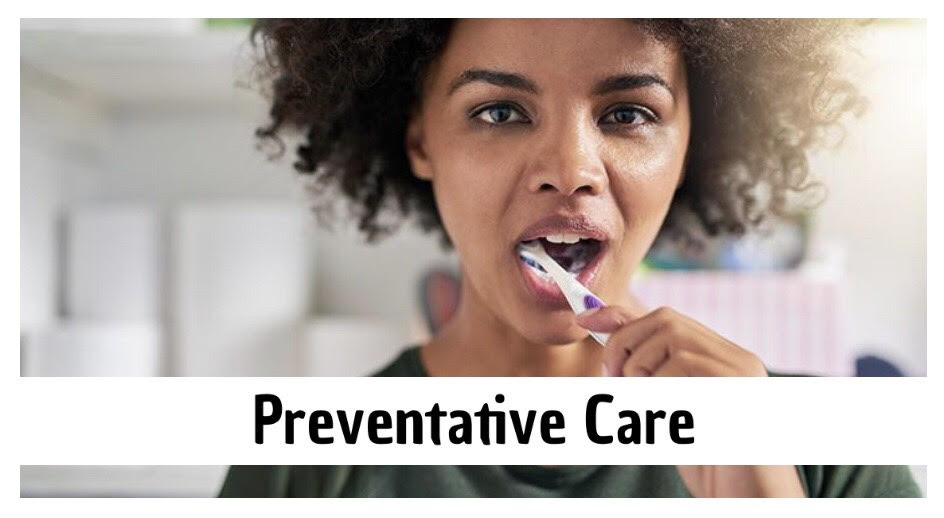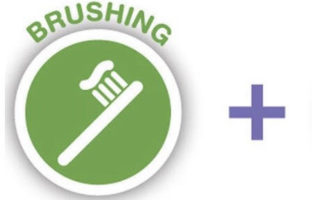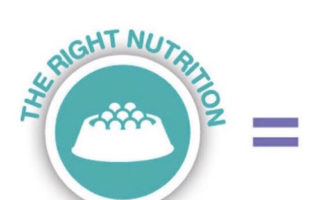- Navigation
- OUR OFFICE
- » MEET OUR DOCTOR
- » MEET OUR STAFF
- » OFFICE TOUR & INFORMATION
- SERVICES
- » FIRST OFFICE VISITS
- » CHILDREN DENTAL CARE
- » PREVENTATIVE CARE
- » COMPOSITE FILLINGS
- » PERIODONTAL
- » ROOT CANAL THERAPY
- » CROWN & BRIDGE
- » EXTRACTIONS
- » DENTURES
- » IMPLANT DENTISTRY
- » WHITENING
- PAYMENTS
- » INSURANCE
- » FINANCING
- » SCHEDULING
- » DENTAL EMERGENCIES
- » SPECIAL OFFERS
- NEW PATIENT
- CONTACT

Our office offers cleanings for all ages and for the whole family.
What Is Preventative Dentistry?
Preventive dentistry is the practice of caring for your teeth to keep them healthy. This helps to avoid cavities, gum disease, enamel wear, and more.
A dental cleaning, also known as an oral prophylaxis, is the removal of dental plaque and tartar (calculus) from the teeth. Specialized instruments are used to gently remove these deposits without harming the teeth. First, an ultrasonic device that emits vibrations and is cooled by water is used to loosen larger pieces of tartar. Next, hand tools are used to manually remove smaller deposits and smooth the tooth surfaces. Once all the tooth surfaces have been cleaned of tartar and plaque, the teeth are polished.
Brush Your Teeth Daily
The most important part of preventive dentistry is to brush your teeth daily with fluoride toothpaste approved by the American Dental Association (ADA). Most people should replace their toothbrushes three to four times per year or as the bristles start to fray. Don’t forget to brush your tongue. This will help remove bacteria from your mouth and also help freshen your breath.
How To Brush?
While brushing the outside surfaces of your teeth, position the brush at a 45-degree angle where your gums and teeth meet. Gently move the brush in a circular motion several times using small, gentle strokes. Use light pressure while putting the bristles between the teeth, but not so much pressure that you feel any discomfort. When you are done cleaning the outside surfaces of all your teeth, follow the same directions while cleaning the inside of the back teeth. To clean the inside surfaces of the upper and lower front teeth, hold the brush vertically. Make several gentle back-and-forth strokes over each tooth. Don’t forget to gently brush the surrounding gum tissue.
Next, you will clean the biting surfaces of your teeth by using short, gentle strokes. Change the position of the brush as often as necessary to reach and clean all surfaces. Try to watch yourself in the mirror to make sure you clean each surface. Your brushing session time should be two minutes morning and night. After you are done, rinse vigorously to remove any plaque you might have loosened while brushing.
If you have any pain while brushing or have any questions about how to brush properly, please be sure to call the dental office.
Floss Your Teeth Daily
Daily flossing is also recommended. Flossing helps to clean out the tight spaces between the teeth. If you have braces, you may need to use floss threaders to get between the metal brackets.
To get the most benefit out of flossing, you’ll want to make sure you’re flossing in the correct way. At your next dental appointment, ask your dentist for a quick flossing demonstration to make sure you’re getting the full benefit from using this tool.
How To Floss?
Periodontal disease usually appears between the teeth where your toothbrush cannot reach. Flossing your teeth is a very effective way to remove plaque from those surfaces. However, it is important to develop the proper technique. The following instructions will help you but remember it takes time and practice.
Start with a piece of floss (waxed is easier) about 18″ long. Lightly wrap most of the floss around the middle finger of one hand. Wrap the rest of the floss around the middle finger of the other hand.
To clean the upper teeth, hold the floss tightly between the thumb and forefinger of each hand. Gently insert the floss tightly between the teeth using a back-and-forth motion. Do not force the floss or try to snap it into place. Bring the floss to the gum line then curve it into a C-shape against one tooth. Slide it into the space between the gum and the tooth until you feel light resistance. Move the floss up and down on the side of one tooth. Remember there are two tooth surfaces that need to be cleaned in each space. Continue to floss each side of all the upper teeth. Be careful not to cut the gum tissue between the teeth. As the floss becomes soiled, turn from one finger to the other to get a fresh section. To clean between the bottom teeth, guide the floss using the forefinger of both hands. Do not forget the backside of the last tooth on both sides, upper and lower.
When you are done, rinse vigorously with water to remove plaque and food particles. Do not be alarmed if during the first week of flossing your gums bleed or are a little sore. If your gums hurt while flossing you could be doing it too hard or pinching the gum. As you floss daily and remove the plaque, your gums will heal and the bleeding should stop.
Visit Your Dentist
You should see your dentist at least once per year for an exam to check for any problems in the teeth or gums. If you’re at a high risk for dental problems, you’ll likely benefit from more frequent dental visits. If you’re at a low risk for dental problems, you may see the same benefits from only one cleaning per year. Dental cleanings and exams allow dentists to identify problems and take care of them right away.
Cleaning your teeth every 6 months is vital for your oral care and health. Plaque and tartar can build up and cause gum disease, bad breath and potentially worse
© 2012-2017 HQNguyen.com, All Rights Reserved. Designed by Web Tech Enterprise, LLC.




